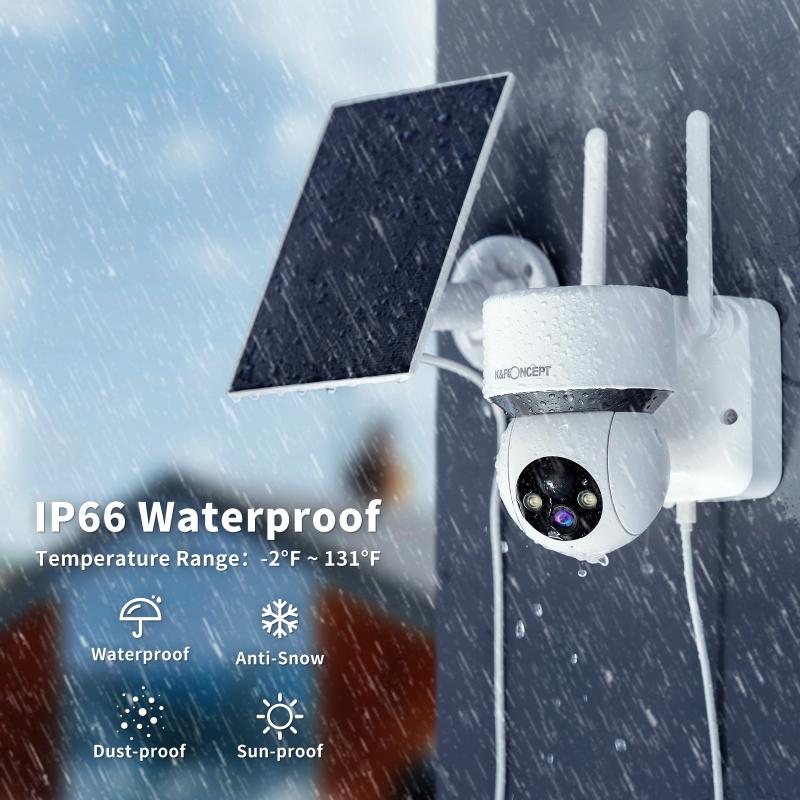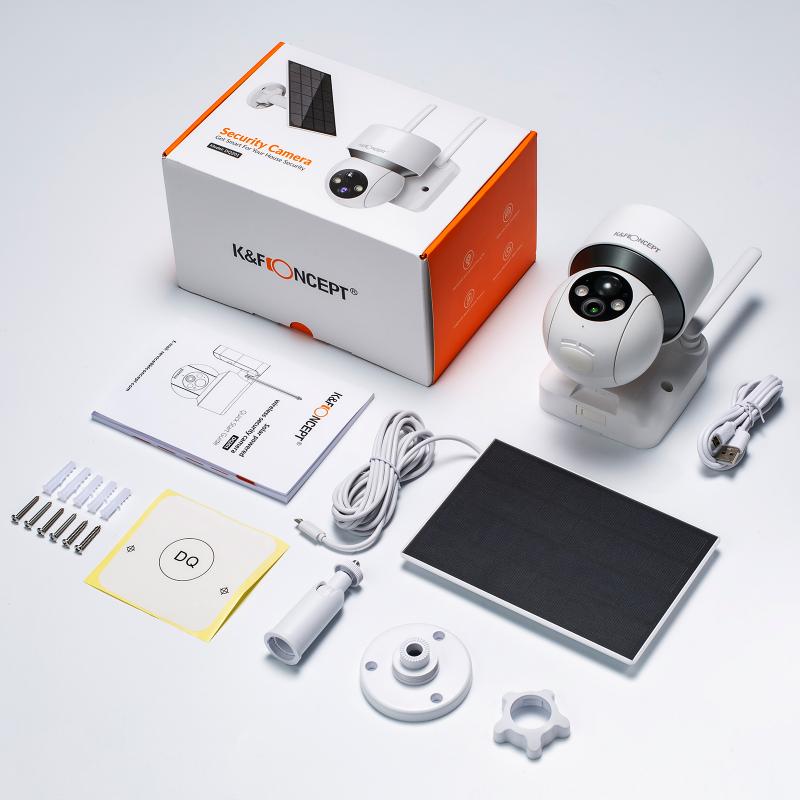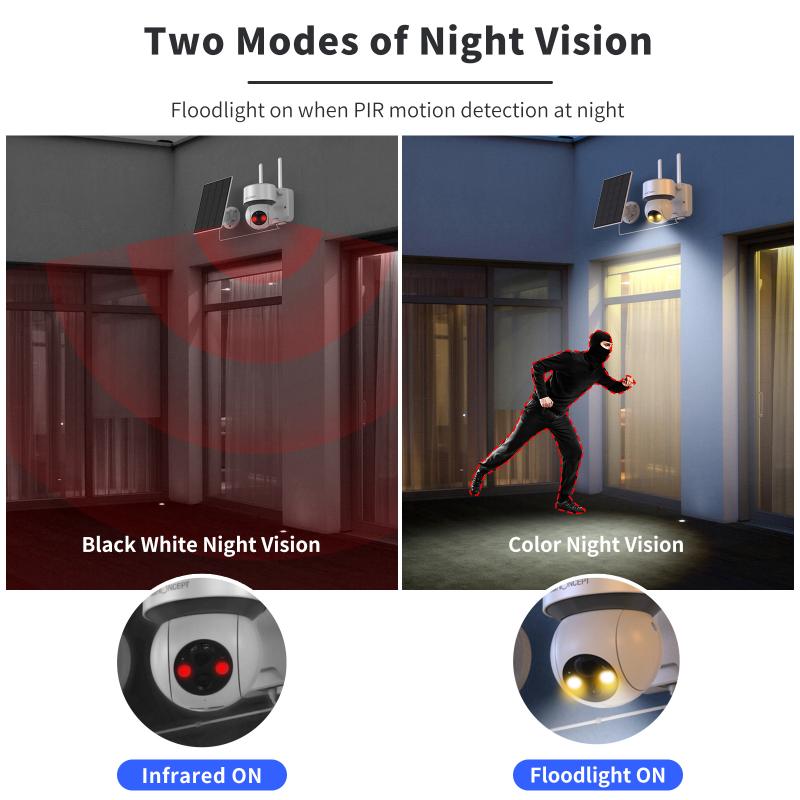How Does Solar Panels Work On A House?
Solar panels have become an increasingly popular choice for homeowners looking to reduce their energy bills and their carbon footprint. Understanding how solar panels work on a house can help you make an informed decision about whether this technology is right for you. In this article, we will delve into the mechanics of solar panels, the benefits they offer, and practical considerations for installation and maintenance.
The Basics of Solar Panels

Solar panels, also known as photovoltaic (PV) panels, convert sunlight into electricity. They are typically installed on the roof of a house where they can receive maximum sunlight exposure. The basic unit of a solar panel is the solar cell, which is made of semiconductor materials like silicon. When sunlight hits these cells, it excites the electrons, creating an electric current. This process is known as the photovoltaic effect.
Components of a Solar Panel System

A typical residential solar panel system consists of several key components:
1. Solar Panels: These are the primary units that capture sunlight and convert it into direct current (DC) electricity.
2. Inverter: This device converts the DC electricity generated by the solar panels into alternating current (AC) electricity, which is what most household appliances use.
3. Mounting System: This includes the racks and hardware used to attach the solar panels to your roof.
4. Battery Storage (Optional): Some systems include batteries to store excess electricity for use during cloudy days or at night.
5. Monitoring System: This allows you to track the performance of your solar panel system in real-time.
How Solar Panels Generate Electricity

1. Sunlight Absorption: Solar panels are made up of many solar cells. When sunlight hits these cells, it knocks electrons loose from their atoms.
2. Electric Field Creation: The solar cells are designed with a positive and a negative layer to create an electric field. This electric field forces the loose electrons to move in a specific direction, creating an electric current.
3. Current Collection: Metal conductive plates on the sides of the cell collect the electrons and transfer them to wires. At this point, the electricity generated is in the form of direct current (DC).
4. Inversion to AC: The DC electricity is sent to an inverter, which converts it into alternating current (AC) electricity. This is the type of electricity that powers your home.
5. Distribution: The AC electricity is then sent to your home's electrical panel, where it is distributed to power your lights, appliances, and other electrical devices.
Benefits of Solar Panels

1. Cost Savings: One of the most significant benefits of solar panels is the potential for cost savings on your electricity bills. Depending on your location and the size of your system, you could significantly reduce or even eliminate your electricity costs.
2. Environmental Impact: Solar energy is a clean, renewable resource. By using solar panels, you can reduce your carbon footprint and contribute to a more sustainable future.
3. Energy Independence: With solar panels, you are less reliant on the grid and can generate your own electricity. This can be particularly beneficial in areas prone to power outages.
4. Increased Home Value: Homes with solar panel systems are often valued higher than those without. This can be an attractive feature for potential buyers if you decide to sell your home.
Practical Considerations
1. Initial Costs: The upfront cost of purchasing and installing solar panels can be significant. However, there are various financing options, tax credits, and incentives available that can help offset these costs.
2. Roof Condition: Your roof needs to be in good condition to support the weight of the solar panels. If your roof is old or damaged, you may need to repair or replace it before installation.
3. Sunlight Exposure: The efficiency of your solar panel system depends on the amount of sunlight your roof receives. Shading from trees, buildings, or other obstructions can reduce the effectiveness of your system.
4. Maintenance: Solar panels require minimal maintenance, but it is essential to keep them clean and free of debris to ensure optimal performance. Regular inspections can help identify and address any issues early on.
5. Local Regulations: Before installing solar panels, check with your local government and utility company to understand any regulations, permits, or interconnection agreements required.
Installation Process
1. Site Assessment: A professional installer will assess your home to determine the best location for the solar panels and evaluate your roof's condition.
2. System Design: Based on the site assessment, the installer will design a system tailored to your energy needs and roof layout.
3. Permitting: The installer will handle the necessary permits and approvals from local authorities and your utility company.
4. Installation: The solar panels, inverter, and other components are installed on your roof and connected to your electrical system.
5. Inspection and Activation: After installation, the system will be inspected to ensure it meets all safety and performance standards. Once approved, your system can be activated, and you can start generating electricity.
Solar panels offer a sustainable and cost-effective way to generate electricity for your home. By understanding how they work and considering the practical aspects of installation and maintenance, you can make an informed decision about whether solar energy is right for you. With the potential for significant cost savings, environmental benefits, and increased energy independence, solar panels are an investment worth considering for any homeowner.
